Blog
Identity Verification Blog
November 27, 2023
Age Gating vs Age Verification: Protecting Minors Online
“Are you over 21 years of age?” isn’t the most secure age gating method out there today. In other words, age gating refers to an online practice where users are asked to provide their birthdate, select their age, or confirm that they meet the legal age requirement to access age-restricted content. To minimize the chances of minors bypassing such age gates, more businesses use AI-powered age verification systems instead. Read more.
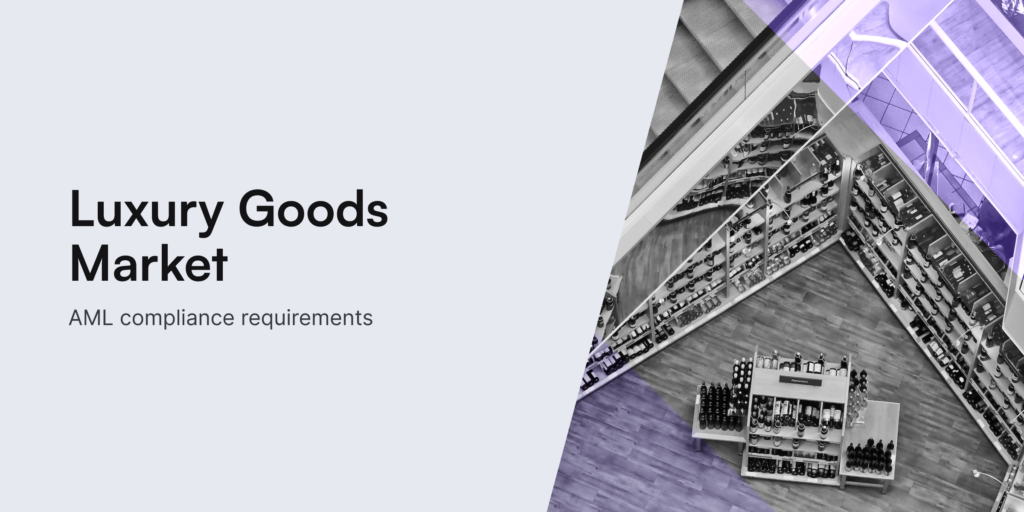
November 23, 2023
AML Compliance for the Luxury Goods Market
The luxury goods market has had its fair share of interest both from buyers and money launderers. That’s why it’s no longer a surprise if the news is filled with a headline about a money laundering scandal or a related financial crime involving a luxury brand selling jewelry, yachts, private jets, etc. In this blog post, we explore the key ways criminals use high-value commodities as channels for their crimes and dive into AML compliance specifics.
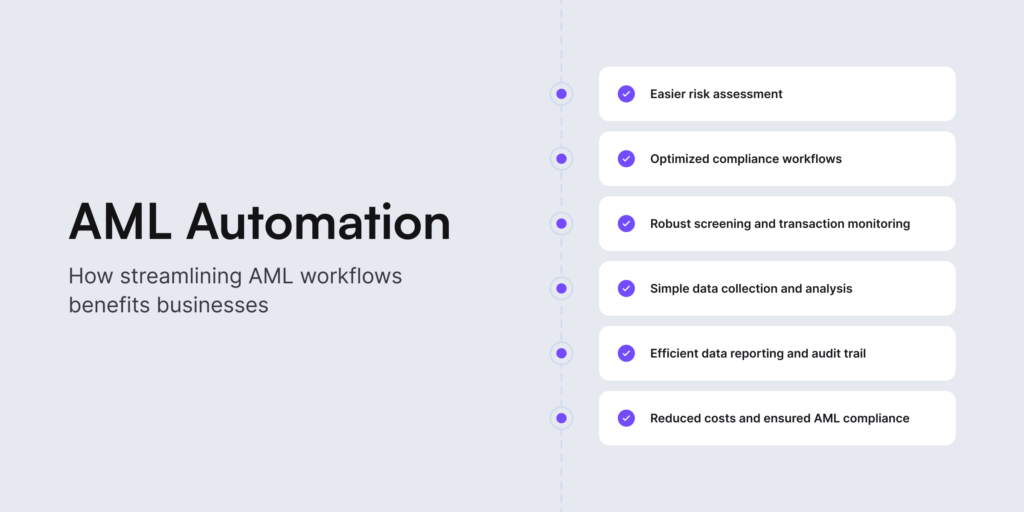
November 20, 2023
AML Automation: Streamlined Compliance 101 for Businesses
The inability to verify certain types of documents, lack of efficiency in various compliance-related processes, missed updates, and no timely feedback on reported issues — yet, the list goes on. If your company has ever experienced any of these AML challenges, just know that you’re not alone. Thankfully, AML automation has evolved, pushing AI and other advanced technologies to assist businesses in streamlining their operations without any hassle.
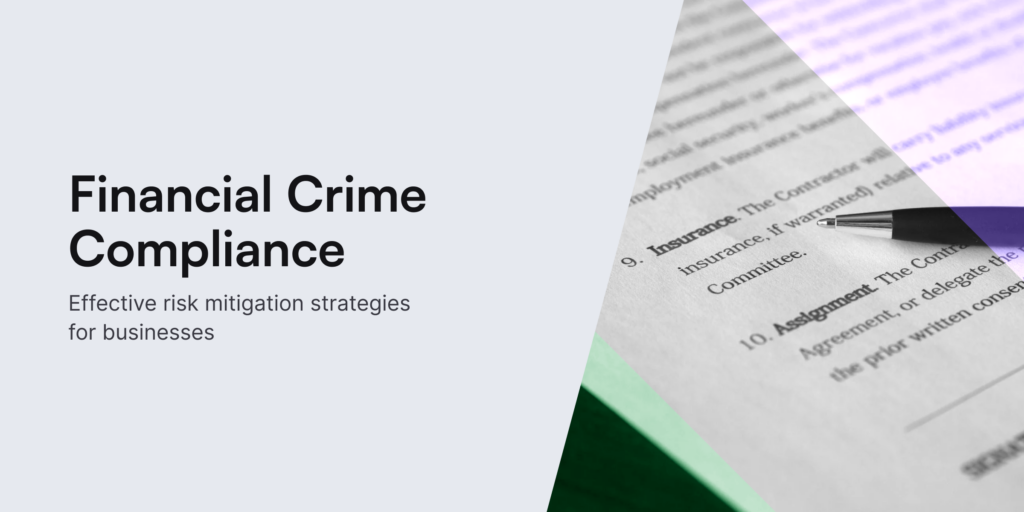
November 15, 2023
Financial Crime Compliance: Comprehensive Business Practices
Whether you’re a bank, fintech company, MSB, or any financial entity — you simply can’t avoid financial crime compliance. To stay in line with ever-evolving regulatory rules, businesses must implement effective procedures and protect their reputation, customers, staff members, and investors. In this blog post, we pinpoint the main red flags when it comes to illicit activities, providing insights to shield your operations from potential damage and the risk of becoming a target for money laundering.
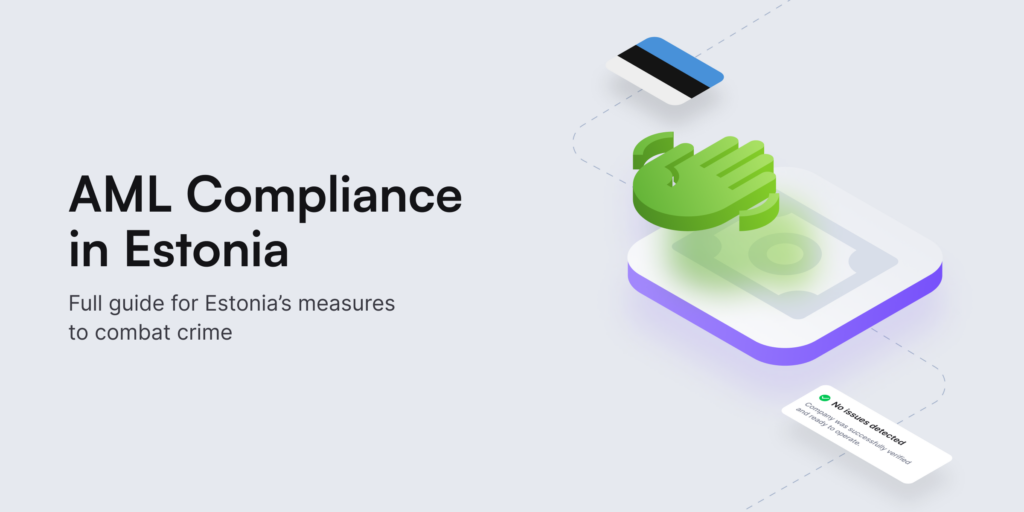
November 9, 2023
AML/CTF Compliance in Estonia [Guide]
In the past decade, Estonia has become an attractive choice for fintech startups and financial institutions aiming to broaden their operations in Europe. However, this “rising star” title burdens companies to stay compliant with the ever-evolving AML/CTF compliance requirements, which we explore in this in-depth article.
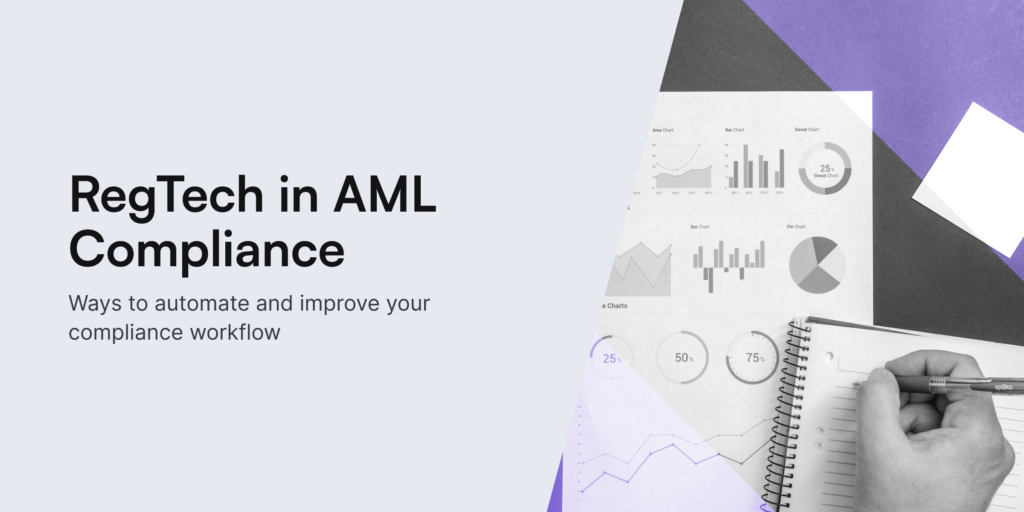
October 31, 2023
How Can RegTech Improve AML Compliance?
RegTech, short for Regulatory Technology, refers to the use of advanced software and data analytics. That means RegTech solutions today can help businesses and financial institutions comply with regulations more efficiently and effectively. But how does that look in practice? Does RegTech actually improve AML compliance? Let’s find out.

October 31, 2023
Smurfing in Money Laundering Explained
Smurfing isn’t something related to the famous blue fictional characters. In money laundering, smurfing refers to a fraudulent practice of breaking a larger amount of money into numerous smaller portions. In this blog post, we answer the questions of how the funds get laundered later, how smurfing is different from structuring, and more.
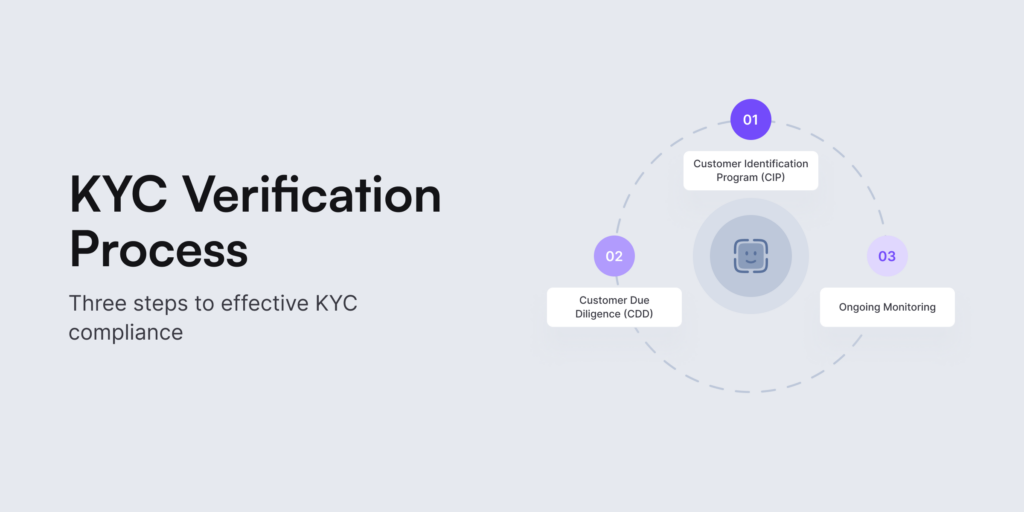
October 26, 2023
What are the 3 Steps to KYC?
Knowing your customers properly isn’t possible without KYC or Know Your Customer. Chances are that as soon as you hear this phrase, identity verification comes into mind. Today, this process is also known for strict regulatory compliance across various industries and jurisdictions. What’s the best way to verify a user’s identity? How do we keep the balance between compliance requirements and user experience? What are the 3 steps to KYC? We answer all the burning questions and provide the latest insights below.
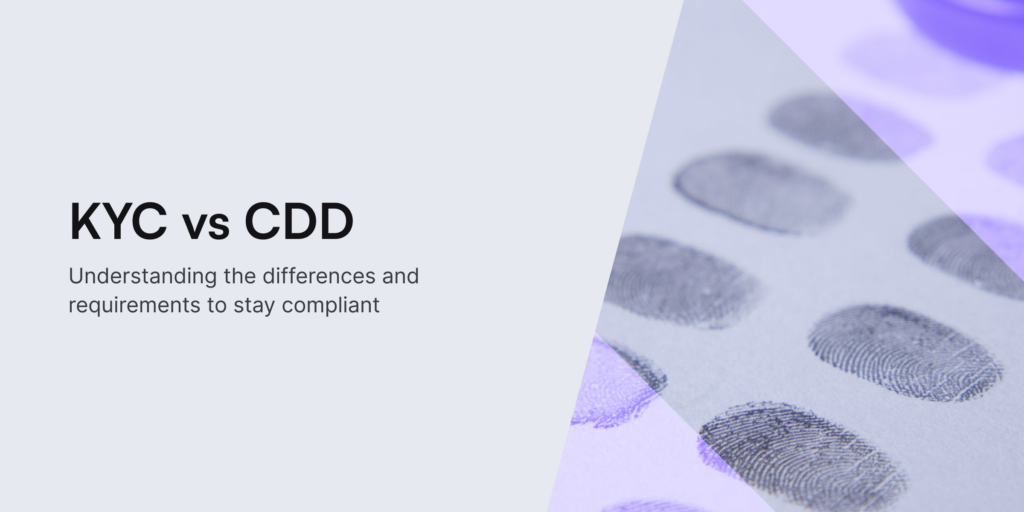
October 24, 2023
What is the Difference Between KYC and CDD?
KYC is designed to verify a current or potential customer’s identity, whereas CDD is a set of measures that lead to the KYC process. CDD is also a key step in KYC compliance. You can say that past KYC practices have evolved into present CDD solutions designed to assess customer risk. Both KYC and CDD can’t work without each other. But what are the biggest differences, and how can businesses stay compliant? Continue to read and find out.
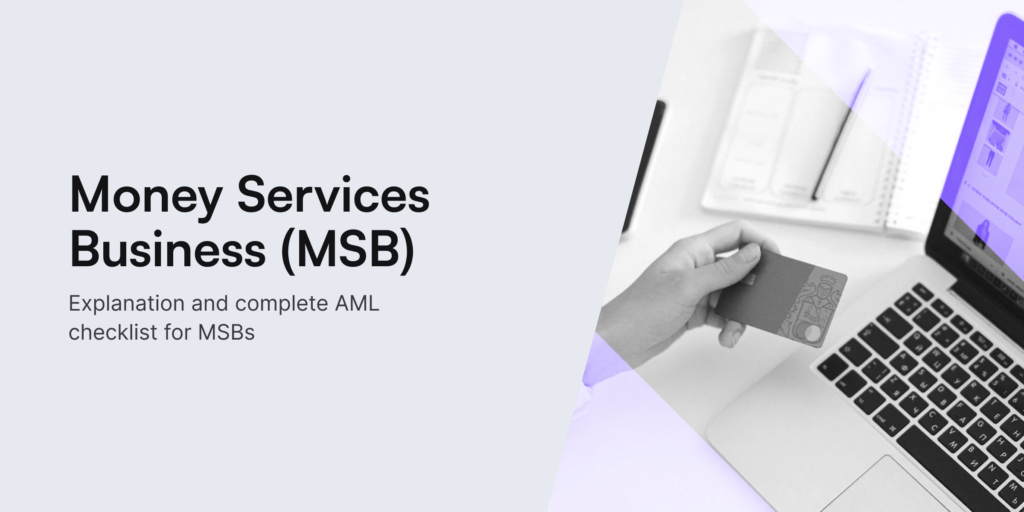
October 19, 2023
Money Services Business (MSB) — AML Compliance Guide
A money services business (MSB) refers to an entity engaged in activities such as transmitting, converting, or exchanging money. This term is commonly used when talking about Anti-Money Laundering (AML) compliance, especially when trying to identify which MSBs are the obliged entities. This term includes a much broader spectrum of all kinds of financial institutions. Learn more.

October 13, 2023
Examples of Money Laundering and Prevention Methods
Fraudsters use money laundering tactics to run their schemes without leaving a paper trail. Money laundering remains a major and costly form of fraud for both businesses and the overall global economy. That’s why businesses must actually know their customers and their backgrounds before allowing them to start their transactions. This is where AML compliance and knowing the main examples of money laundering become extremely important. Read more.
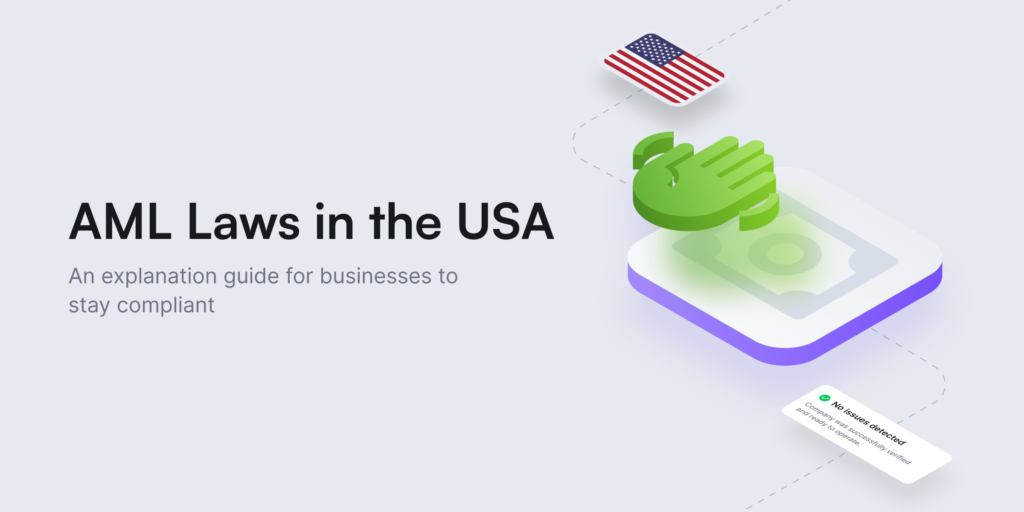
October 10, 2023
What are the Key AML Laws in the US? [Business Guide]
Transaction monitoring, verifying business relationships, working with regulators, or training your staff is just the beginning of ensuring compliance with AML laws in the US. Since the BSA was implemented in 1970, the basics for the current AML framework in the country have elevated, posing more restrictions and processes for US companies to stay compliant. Follow our guidelines to learn more.
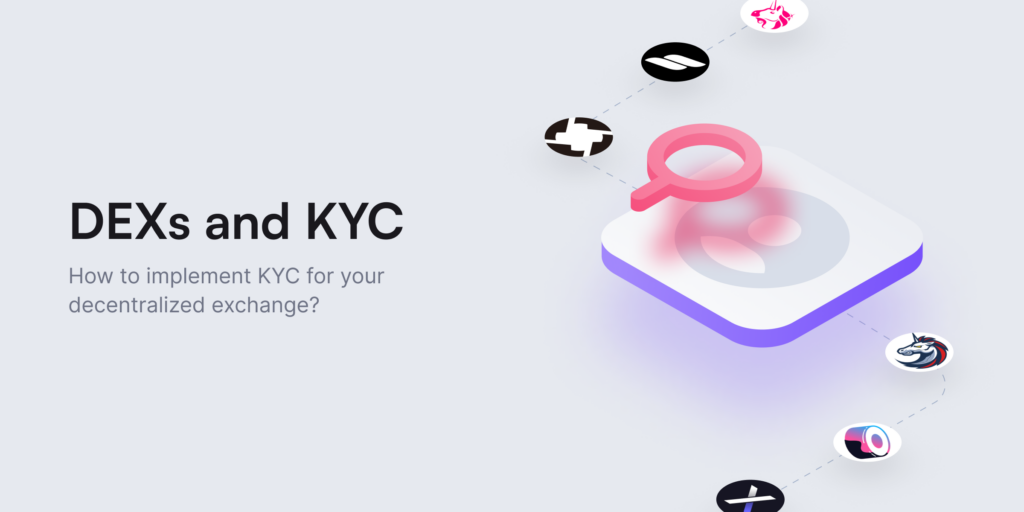
October 6, 2023
DEXs and KYC: Addressing Compliance Challenges
Decentralized exchanges (DEXs) are cryptocurrency trading platforms that enable direct transactions between users, aiming to lower transaction fees. They are considered to be fairly anonymous since users need to connect to a crypto wallet to get started. However, DEXs also encounter regulatory hurdles, such as addressing Know Your Customer (KYC) and Anti-Money Laundering (AML) concerns. Read more.

